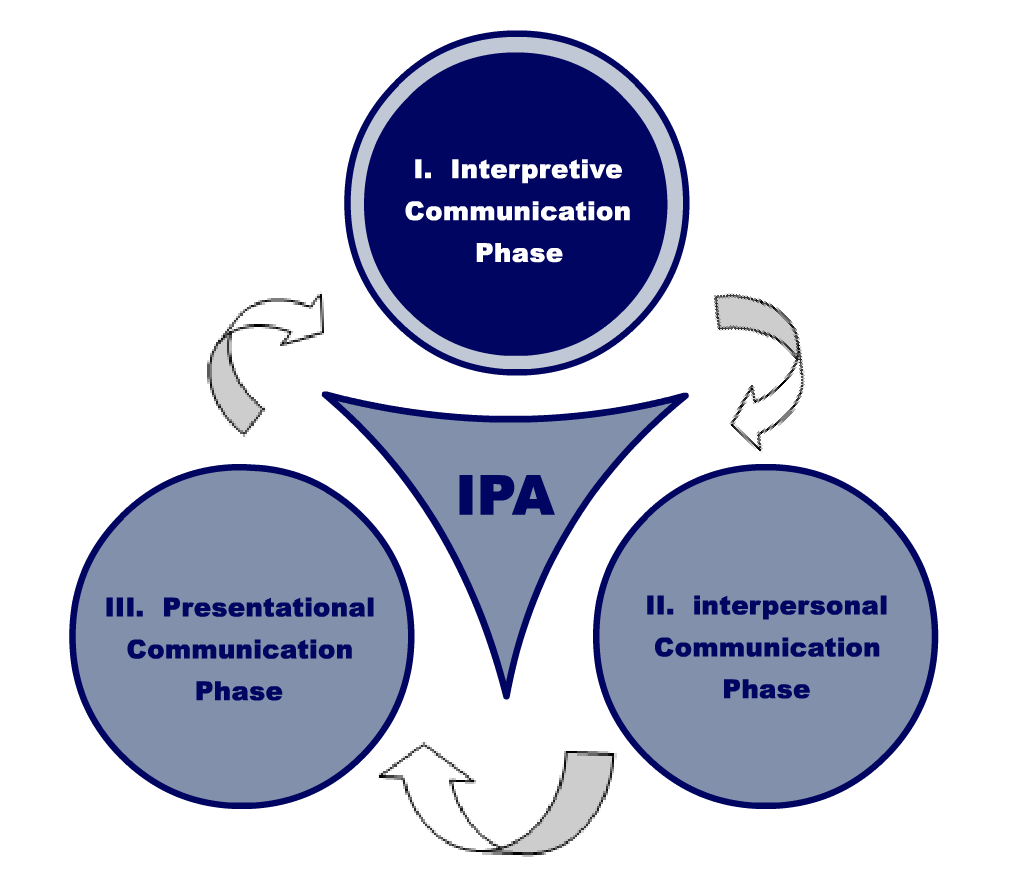 |
|
|||||

|
Example 2: Student Responsibility & Societal Values by Jae Cody Phase 1: Interpretive Task Materials needed:
Description of the task: Although this video might not be on the cognitive level of the students (it is a children’s program), I am using it because the actual tasks that are based on the video are age-appropriate. Also, the students in this particular class have expressed interest in viewing episodes of this show (“Communist Sesame Street”). I would consider following this IPA with a short unit on East German politics, culture and history, using other episodes from the same tape to provide continuity. I want the students to watch the tape once before they see the questions, but I think it is useful to give them a chance to see the tape again once they have the questions in front of them. They would probably be able to fill in the main idea and perhaps most of the supporting details without the second viewing, but the word translations and inference questions might be too difficult if they are not aware of them while watching. Also, I want my students to get used to checking their work. A third viewing could be possible at the very end of class, for the purpose of checking work, but I would not show it more than that. The comprehension guide will be in English, mainly because the task is for students to demonstrate comprehension, not to produce language, and I don’t want to conflate the two by evaluating language skills. I have asked students to provide a rationale for their word definitions. This will not be graded, but I am curious to see what strategies they are using for this task. Procedure for completing Interpretive Task
Description of the Scoring for the Task: Scoring for the Comprehension Guide
Understanding the main idea of the text is worth more points because it is, in my mind, the most important part of the interpretive task. I’m not sure if I would actually give partial credit (I can’t come up with examples of answers that I would give 1 point to), but I would like to reserve that right. Since the answers from 2, 3, and 5 should all come directly from the text, I do not imagine giving partial credit for any of those. I asked my students to give a reason for their word definitions in number 4 because I want to know where their answers came from. Sometimes seeing the answer makes the process clear; sometimes it can be hard to tell if someone is completely guessing or perhaps they’re using a strategy and are completely unaware of it. This question will help me focus later instruction on strategy use. In #5, the maximum possible score is 3 points, one point for each example up to three. If they give extra examples, and one is incorrect, they can still get the full 3 points, but no extra credit will be given.
Navigation: Follow the IPA process or go directly to the section that is of most interest to you by clicking on the appropriate category
|
|||||
